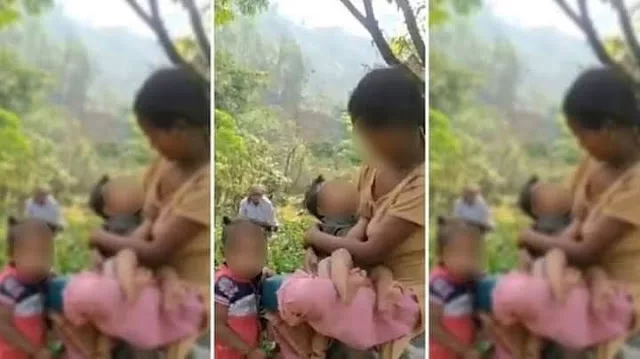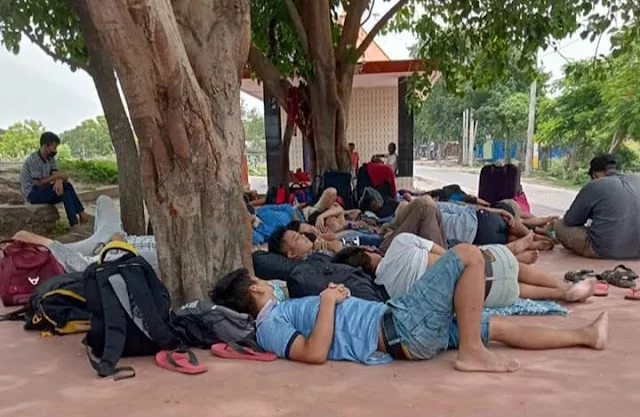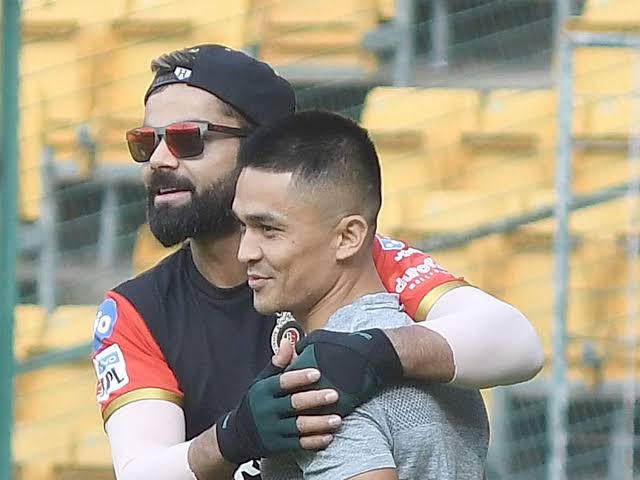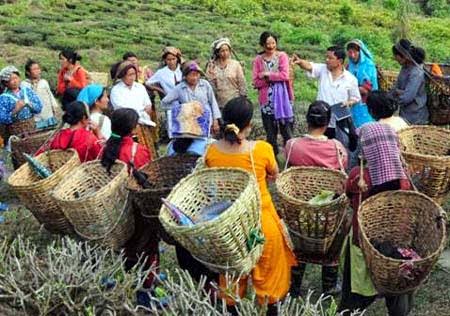The imperial army was under the command of Major general Robert Rollo Gillespie who had come from Meerut to take over the fort but was killed on the very first day of the battle, giving the British a massive jolt and making them aware of the valour and fierce fighting spirit of the Gorkhas.
Historical accounts say that the battle of Nalapani began on Monday, October 31, 1814 when British troops started the assault on the fort which held by the Gorkhas. Armed with khukris, bows, guns and muskets under the command of their general, Balbhadra Kunwar, the Gorkha army fought ferociously but the British, who as per an old field order of that time, had sophisticated weapons like howitzers, guns, mortar etc that was ferried up the hill on elephants.
 |
| Khalanga War Memorial |
The Gorkhas made full use of their vintage position on the hill top as was evidenced by their fiery retaliation to the British advance which killed Gillespie. Using alternative tactics, the British army cut off the water supply of the region. The Gorkhas put a valiant month-long resistance but the British eventually took over the fort, reducing it to concrete debris. Even though the British won the battle, they recognized the valour of the Gorkhas by erecting a memorial for them – the only instance where a victor had thus honoured the vanquished. The Khalanga war memorial stands on what is Sahastradhara road today.
Khalanga War Memorial – A Salute to Gorkha Regiment by Britishers
Famous Gorkha War or Anglo-Nepalese or Anglo-Gorkha War was fought between Britishers and Gorkha regiment of Nepal. In Battel of Nalapani, 600 Gorkhas fought bravely against 3000 odd soldiers in Khalanga Fort near Nalapani, Dehradun. For six weeks, Gorkhas were protecting the fort without food and water. Impressed by the unmatched bravery, Britishers erected the Khalanga War Memorial to honor Gorkhas. After that Britishers recruits Gorkhas in their army too. This memorial is under conservation of ASI.
Legacy
The fighting around Nalapani, more than any other battle, established the reputation of the Gorkhas as warriors, and won the admiration of the British. Gillespie had been killed and Balbhadra and his 600 men had held the might of the British and their native Indian troops for a month. Even with only 70 remaining survivors after his water source had been cut off, Balbhadra had refused to surrender, and instead had charged out and successfully fought his way through the siege. It set the tone for the rest of the campaign.
The battle also had significant political repercussions, shaking the British Army’s confidence. The fact that the siege had taken so long exposed the British forces’ vulnerabilities and encouraged the native Indian states – in particular the old Maratha Confederacy in central India – to continue their resistance against British imperialism in the hope that they could still be defeated.
With inputs from TOI, Wiki





